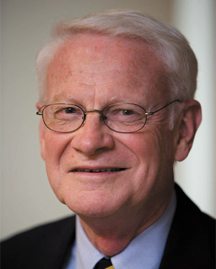Browse
-
Articles
-
Featured EssayThe Love of GodAn essay bySam Storms
-
Trending
-
Most Popular
- See All Essays
-
- Blogs
- Best Commentaries
- Commentary
-
Conference Media
-
Featured EssayResurrection of JesusAn essay byBenjamin Shaw
-
Trending
-
Most Popular
- See All Essays
-
-
Courses
-
Featured EssayResurrection of JesusAn essay byBenjamin Shaw
-
Trending
-
Most Popular
- See All Essays
-
- Essays
- The Carson Center
- The Keller Center
- New City Catechism
- Podcasts
- Publications
- Read the Bible
- Store
- TGC Pastors
- Women's Initiatives
- Themelios
- Videos








